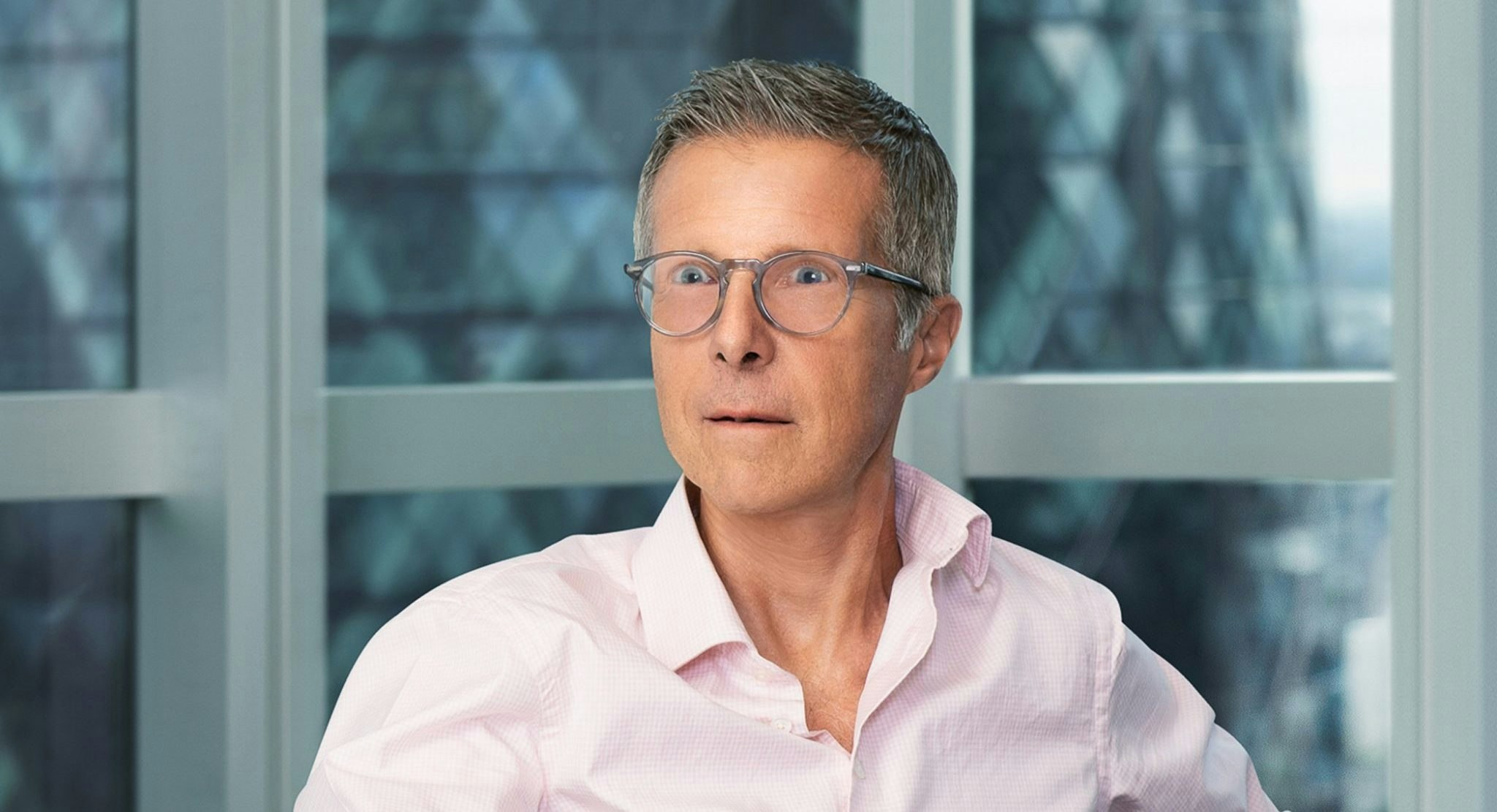Where last year provided fertile ground for companies to raise money — and at very high valuations — uncertainty reigns this year, as markets fret and VCs tighten their purse strings.
“It’s quieter compared to the last couple of years, most companies are closing venture debt and internal rounds: there are quite a number of flat rounds for growth-stage companies,” says Shing Lo, a Latham & Watkins partner in London.
But while global VC investment is down more than 50% this year, cash for European startups continues to flow. In fact, 2022 saw Europe chalk up its second highest quarter for VC activity to date — with European startups raising some $58.6bn, according to Dealroom.
This is partly thanks to an increasing amount of investment coming from across the globe. Data from PitchBook show that while investor deal activity in Europe is down compared to last year, non-European investment now has a bigger chunk of the total deal count — rising from 26% to 28%.
Contributing nearly half of all VC funding this year and 60% of investment in megarounds of $100m or more, who are the foreign investors funnelling cash into Europe’s startups?
The US
Silicon Valley still holds the mantle, for now. The US leads the pack of VC foreign investment in Europe — contributing roughly 69% in 2022, according to PitchBook data. That’s followed by Asia at 18% and the Middle East at 7%.
“Interest from the US remains very strong in the region,” Lo tells Sifted. “US investors — whether they are funds or strategic — have been able to pick up good companies at attractive valuations.”
Lo adds the growth debt market is also growing. “We are seeing an increasing number of new providers of growth debt coming from the US,” she says.
Venture debt financing is on the up and up, already higher than any previous year on record (as of August) aside from 2021, according to Dealroom. European startups have raised record amounts of debt this year — and much of that has come from the US.
Asia
Where venture debt is a mature market in the US, in other jurisdictions it’s still evolving.
Investors in Asia and the Middle East are forming special opportunity funds — different types of credit funds and venture debt funds — in addition to the traditional venture offering, “because they see fantastic opportunities especially from a pricing perspective,” says Lo.
Southeast Asian funds are actively investing in life sciences and health tech companies
At the moment, Eyad Latif, a Latham & Watkins partner in Dubai, adds, it’s easier to do debt funding in Southeast Asia utilising Singapore’s structures. Whereas in the Middle East, people are still figuring out “how to effectively structure ”.
In terms of the whos and whys, it’s the usual roll call of startups generating the most excitement in the tech sector. Software, climate tech, agritech and fintech continue to do well.
One sector that was given a boost by the pandemic — and is seeing a corresponding uptick — is healthtech and life sciences.
“Southeast Asian funds are actively investing in life sciences and healthtech companies,” says Lo. “That’s definitely another strong area of growth.”
Europe continues to gobble a slightly larger chunk of global venture capital each year, accounting for a fifth of global funding — up from 17% in 2021, according to Dealroom.
The Middle East
Middle Eastern investors have been betting big on Europe over the past two years. But, according to Latif, the region is fast speeding its way towards becoming a source of VC funding and vitality to rival the US.
“In the past two months, because the rest of the world is experiencing this economic and geopolitical situation, the great and the good (in terms of fund managers, founders and tech CEOs) have descended on the Middle East,” Latif tells Sifted.
There’s billions of dollars of Middle East dry powder that’s been allocated to European tech
“There’s now enough dry powder and familiarity with international tech ecosystems that investors have enough exposure and access to go direct,” he adds. “And that’s why you’re starting to see Middle East money, not just as coinvestors or follow-on investors, but also leading rounds in Europe.”
While the energy crisis has seen petro economies — economies dependent on oil or natural gas — boom, Latif says there’s an awareness in the Gulf Cooperation Council (GCC) that economic diversification away from fossil fuels is essential to thrive in a net zero future.
A number of initiatives have been put in place in the past couple of years to “make doing business in the region easier and more palatable to tech specifically,” says Latif. “We’ve lost count of how many accelerators and incubators have popped up over the past few years. There’s billions of dollars of Middle East dry powder that’s been allocated to European tech.”
These incentive programmes have been established in Abu Dhabi, Saudi Arabia and Dubai, foreign ownership restrictions lifted, and numerous sovereign wealth funds set up specifically to charge European tech.
Many investors are not just giving money to tech platforms, but actively encouraging them to come and set up shop in the region. It’s all part of a strategy to become a “major tech hub” says Latif.
Still, it’s early days. Latif likens the scene to the Bay Area a decade ago. But the foundations are being laid and the billions are stacking up, he says, and it’s only going one way: “up.”




